Picking outdoor furniture is tough, especially if you want it to last and handle the weather. Choosing the right material for your outdoor furniture or patio kitchen is crucial. It ensures durability and functionality.
This post will help you choose the right outdoor furniture materials to meet your specific needs. If you invested in a beautiful patio or deck, don’t ruin it by buying cheap outdoor furniture. Get durable outdoor furniture that will improve your yard for many years, instead of weak and temporary pieces.
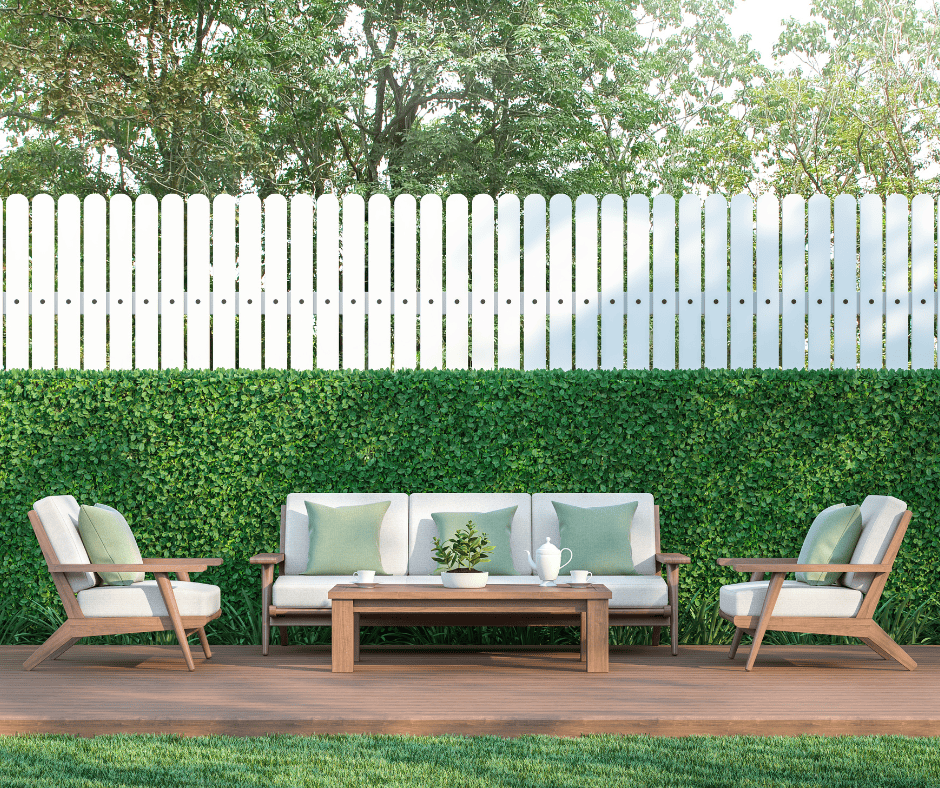
1. Understanding the importance of durable outdoor furniture
Investing in durable outdoor furniture is essential for several reasons. Strong materials make sure your furniture can handle tough outdoor conditions like rain, sun, and temperature changes. This means that you won’t have to worry about constantly replacing or repairing your furniture, saving you time, money, and effort in the long run.
Secondly, durable outdoor furniture is built to last. When you purchase high-quality materials, you can expect your furniture to maintain its appearance and structural integrity for years to come. This means that you won’t have to compromise on style or functionality, as your furniture will continue to look and perform at its best.
Lastly, durable outdoor furniture offers peace of mind. Knowing that your furniture is designed to withstand the rigors of outdoor use allows you to relax and enjoy your outdoor space without constantly fretting about the condition of your furniture.
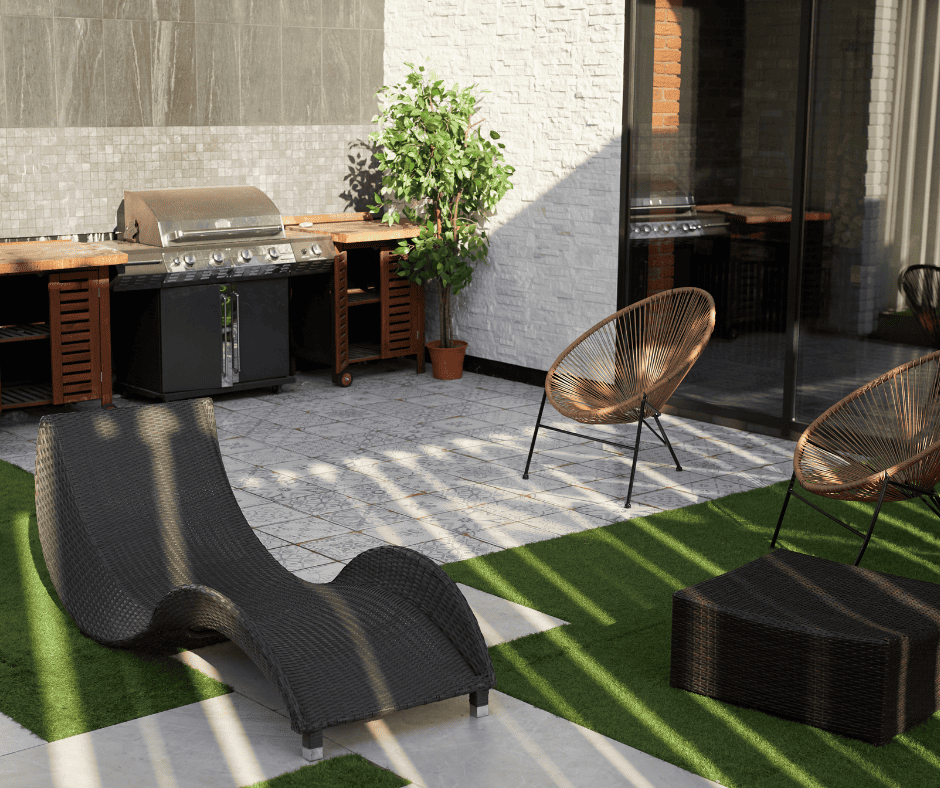
2. Factors to consider when choosing the most durable material
When determining the most durable material for your outdoor furniture, there are several factors to consider. Each material has its own strengths and weaknesses, and understanding these will help you make an informed decision.
Firstly, you need to consider the climate in which you live. Will your furniture be exposed to intense sunshine, heavy rain, or cold temperatures? Different materials have varying resistance to these elements, so choose one that is best suited for your specific climate.
Secondly, think about your outdoor space and how you plan to use your furniture. Will it primarily be used for dining, lounging, or both? If you plan to entertain frequently, you’ll want a material that is not only durable but also comfortable and easy to clean.
Thirdly, consider the maintenance requirements of each material. Some may require regular cleaning or sealing to maintain their durability, while others may require minimal upkeep.
Lastly, think about your budget. While high-quality materials may be more expensive upfront, they often offer greater longevity and durability, making them a worthwhile investment in the long run.

3. Exploring different materials and their durability
In this section, we will explore the different materials commonly used for outdoor furniture and discuss their durability. By understanding the characteristics of each material, you can make an informed decision that meets your specific needs.
1. Wood
Wood is a popular choice for outdoor furniture because of its natural beauty and durability. However, not all wood is created equal when it comes to outdoor use. Hardwoods such as teak, cedar, and redwood are known for their resistance to rot, insects, and weathering. They require regular maintenance, such as sealing or oiling, to preserve their durability.
2. Metal
Metal furniture, like aluminum and wrought iron, is highly durable and can withstand harsh weather conditions. Aluminum is lightweight and resistant to rust, but it may not be as sturdy as other materials. Wrought iron, on the other hand, is heavy and sturdy but requires regular maintenance to prevent rust.
3. Synthetic Wicker
Synthetic wicker is a popular choice for outdoor furniture because of its durability and low maintenance. Made from synthetic materials like resin, it is resistant to moisture, UV rays, and fading. It also mimics the look of natural wicker without the risk of fraying or warping.
4. Plastic
Plastic furniture is affordable, lightweight, and resistant to weathering and fading. However, it may not be as sturdy or long-lasting as other materials. Look for high-quality, UV-resistant plastic furniture to ensure durability.
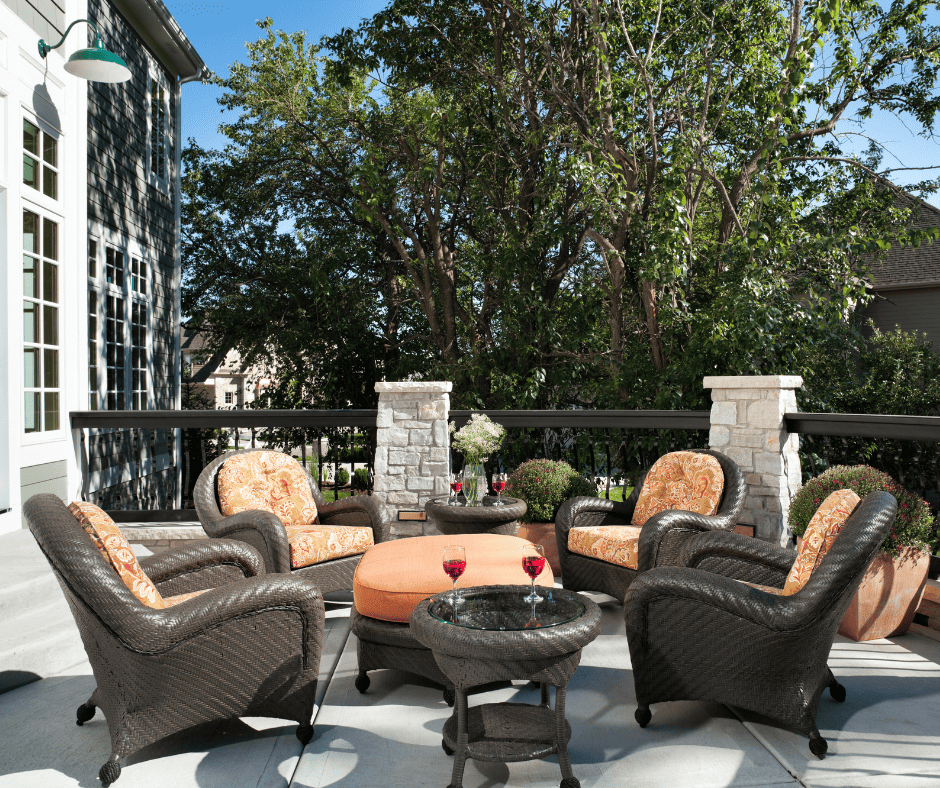
4. Comparing the pros and cons of each material
Now that we have discussed the various materials commonly used for outdoor furniture and their general durability, let’s delve deeper into the pros and cons of each material.
Firstly, let’s revisit wood. While hardwoods like teak, cedar, and redwood offer exceptional durability, they do require regular maintenance to preserve their longevity. On the other hand, metal furniture, such as aluminum and wrought iron, is known for its ability to withstand harsh weather conditions. However, aluminum may not be as sturdy as other materials, while wrought iron necessitates regular rust prevention.
Moving on to synthetic wicker, it offers the best of both worlds – durability and low maintenance. Resistant to moisture, UV rays, and fading, synthetic wicker provides the look of natural wicker without the drawbacks of fraying or warping.
Lastly, plastic furniture is a cost-effective option that is lightweight and resistant to weathering and fading. Nevertheless, it may not be as long-lasting or sturdy as other materials.
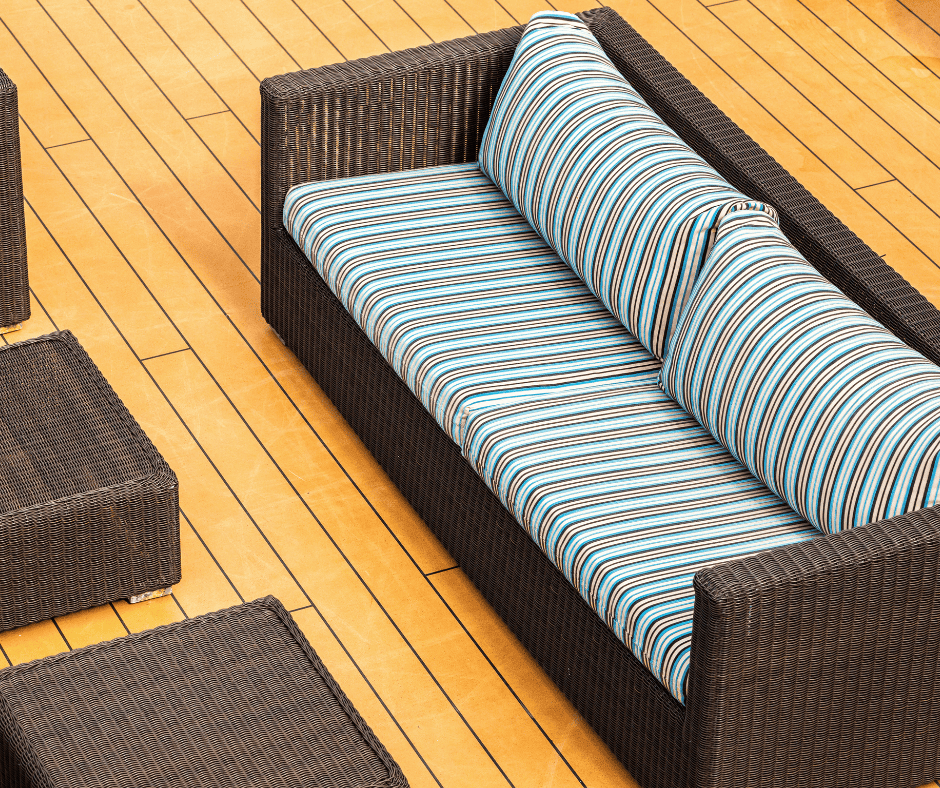
5. Seeking expert advice and recommendations
While understanding the pros and cons of each material is essential, seeking expert advice and recommendations can greatly contribute to finding the most durable material for your outdoor furniture. Professionals in the field, such as interior designers or furniture experts, can provide valuable insights based on their experience and knowledge.
Consider consulting with a local outdoor furniture store that specializes in outdoor furniture. Their staff are likely to have extensive knowledge about the durability, maintenance, and performance of different materials. They can guide you through the available options, help you understand the specific weather conditions in your area, and suggest the best material for your needs.
Another valuable resource is online forums and communities dedicated to outdoor furniture. Participating in discussions and asking for recommendations from people who have had firsthand experience with different materials can provide valuable insights and perspective.
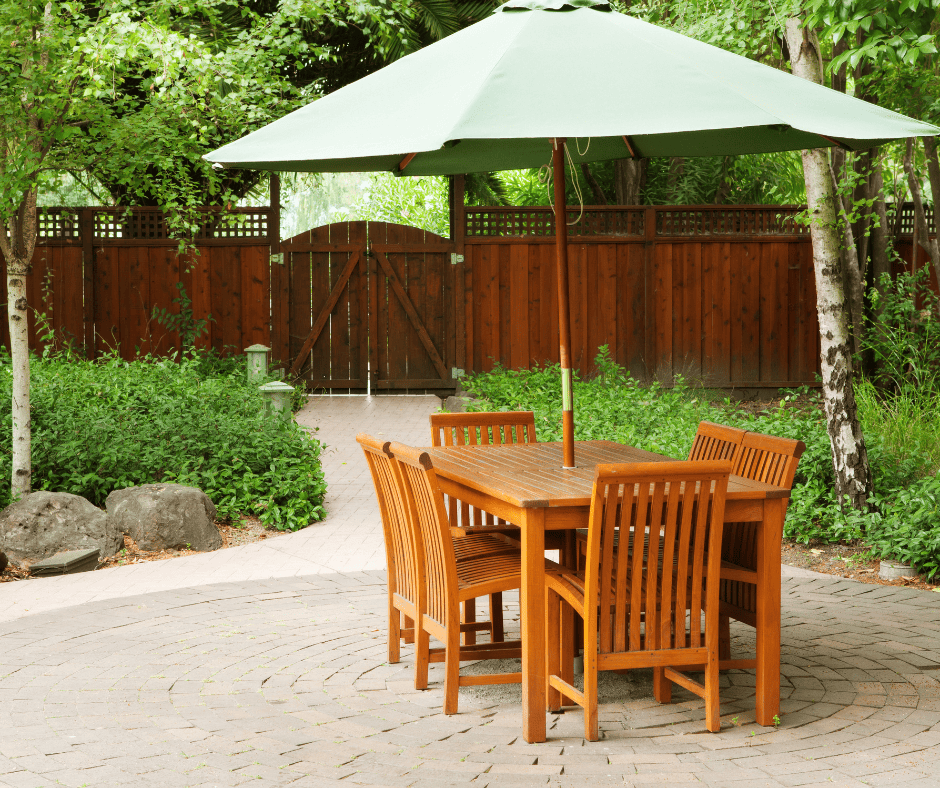
6. Making an informed decision for your outdoor furniture investment
Making an informed decision for your outdoor furniture investment requires careful consideration of your specific outdoor environment. While certain materials may be touted as highly durable, they may not be suitable for the unique conditions of your patio, deck, or garden.
Start by assessing the climate in your area. Is it prone to heavy rainfall, intense heat, or freezing temperatures? Understanding these weather patterns will help you choose a material that can withstand these conditions without compromising its integrity.
Next, evaluate the amount of direct sunlight your outdoor space receives. Some materials, like wood, may fade or warp when exposed to prolonged sun exposure. Others, such as aluminum or wicker, are more resistant to UV damage.
Additionally, think about the level of maintenance you are willing to commit to. Some materials, like teak or wrought iron, require regular maintenance to maintain their durability and appearance. If you prefer low-maintenance options, look for materials like synthetic resin or powder-coated steel.
By considering your specific outdoor environment and its unique challenges, you can confidently select the most durable material for your outdoor furniture investment.
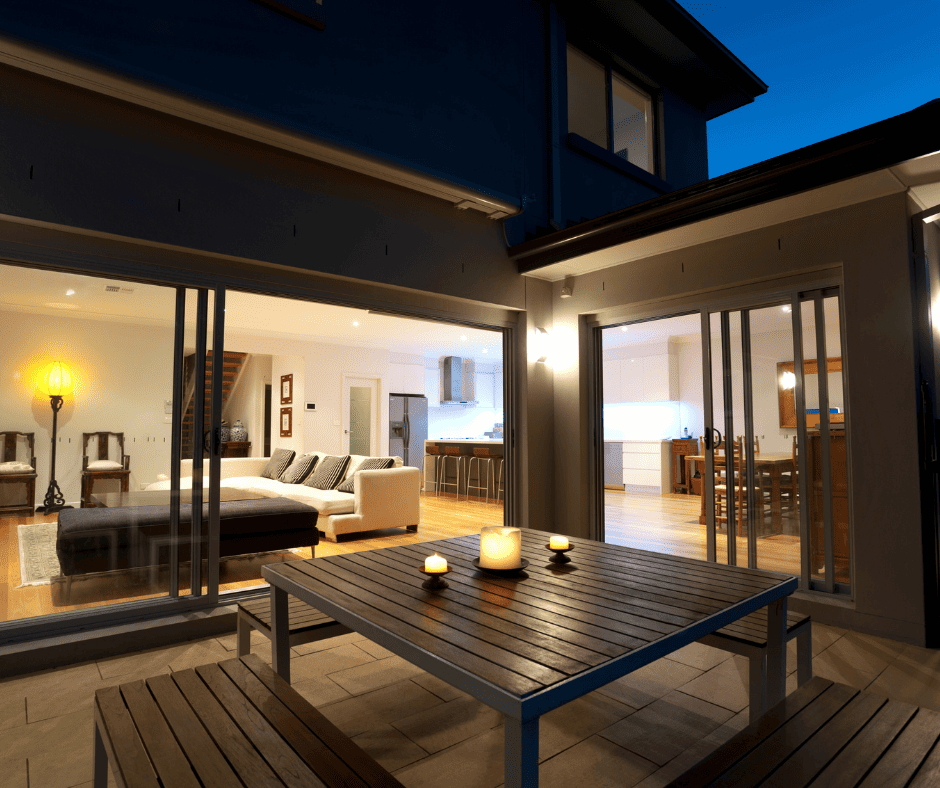
7. Conclusion and final thoughts on finding the most durable material for outdoor furniture
In conclusion, finding the most durable material for outdoor furniture is important to ensure long-lasting and functional pieces that can withstand various weather conditions and constant use. Factors such as style, comfort, and budget should also be taken into account. Additionally, proper care and maintenance are essential to prolong the lifespan of any outdoor furniture, regardless of the material.
Ultimately, the choice of the most durable material for outdoor furniture will depend on personal preferences, location, and specific needs. By selecting a material that is known for its durability and taking necessary precautions to protect and maintain it, one can ensure many years of enjoyment and functionality from their outdoor furniture.
